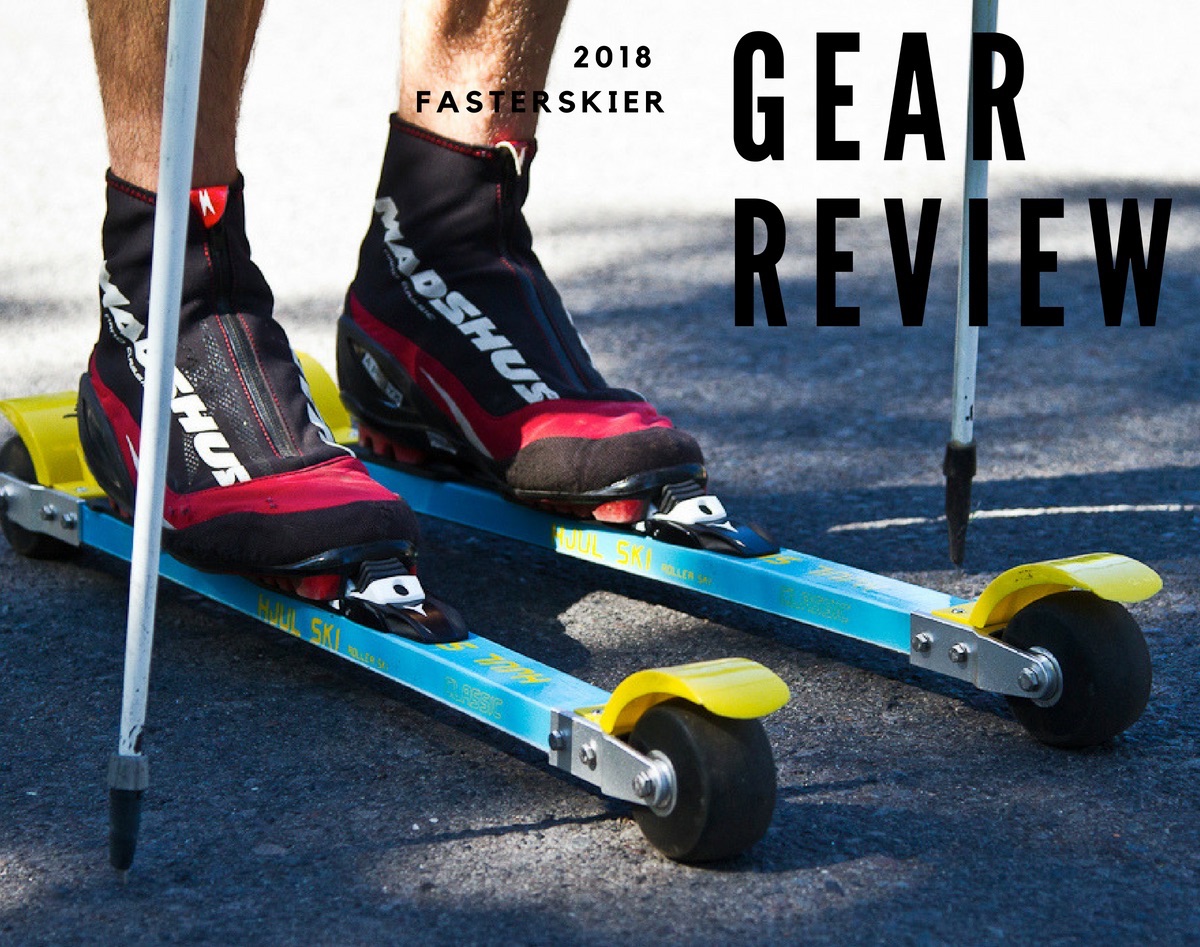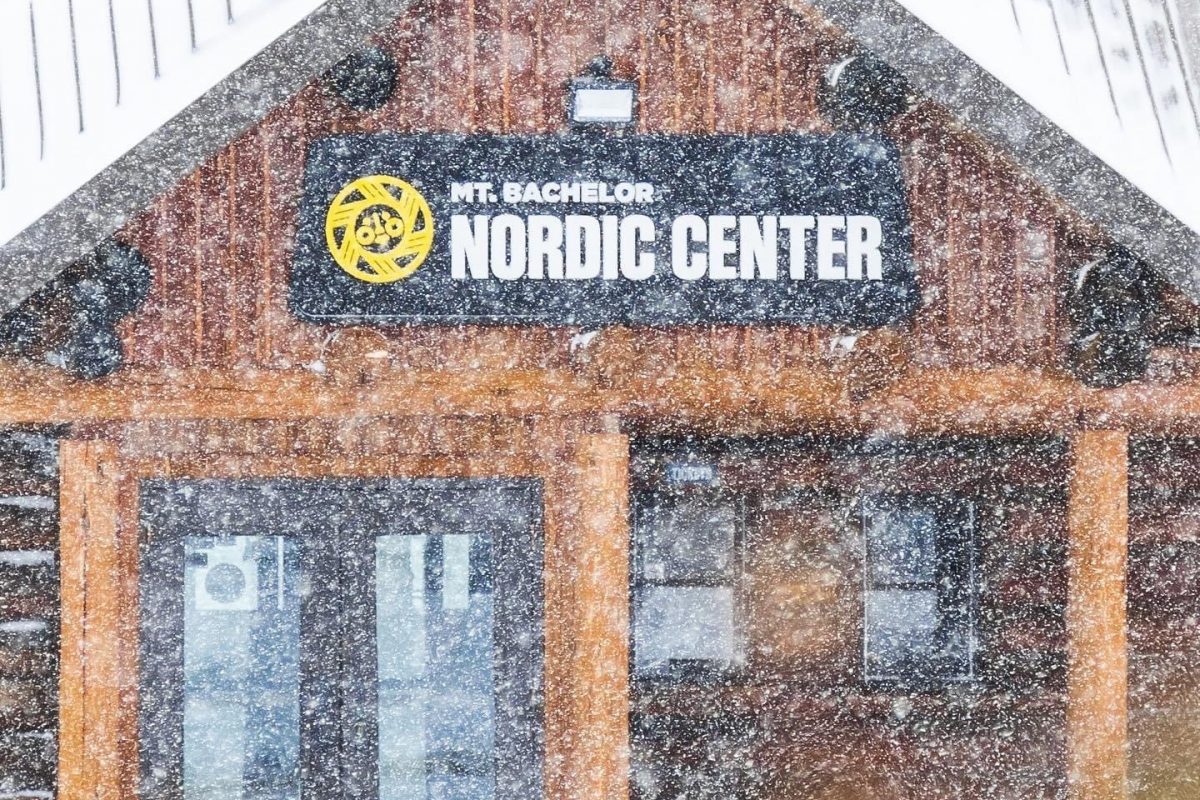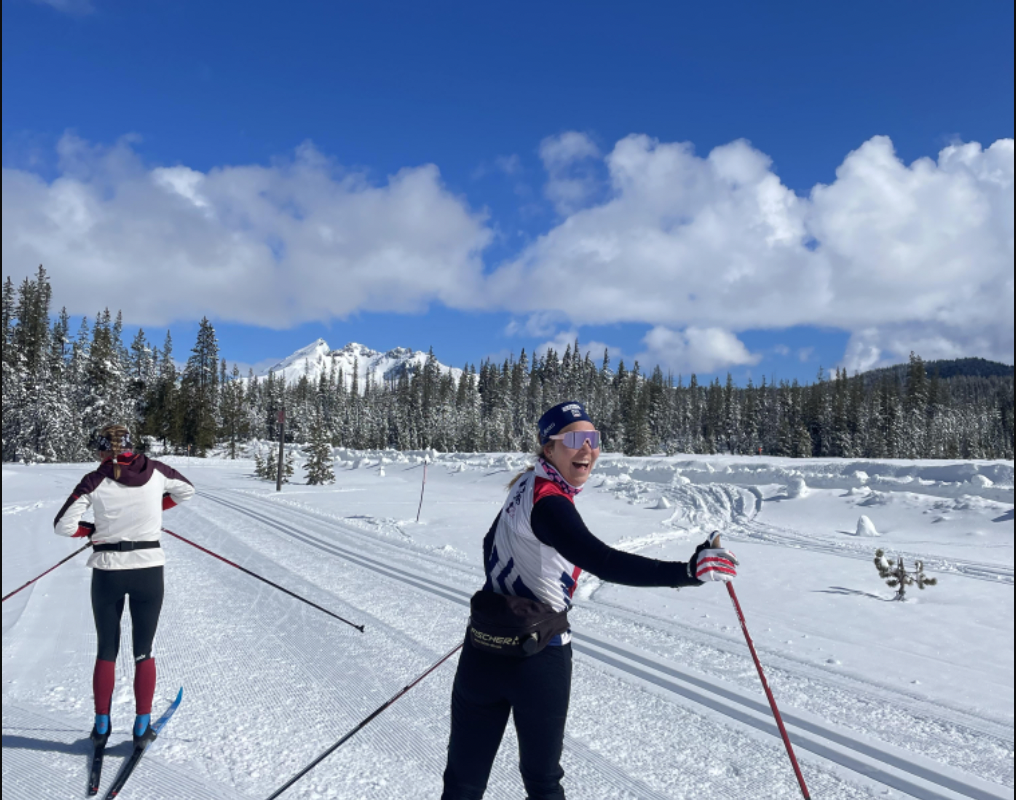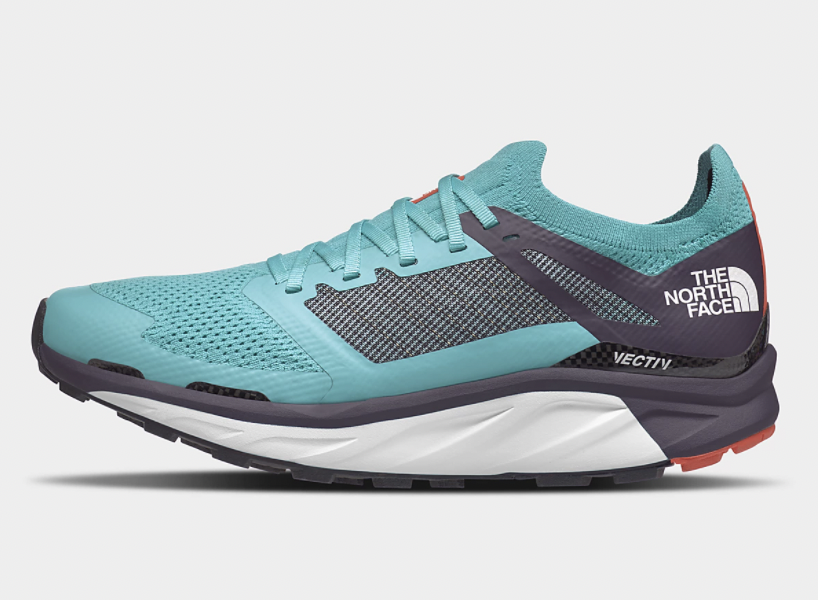
In our most recent gear review, the Hjul skate rollerski proved to be a perfect combo of value and smooth vibration-dampening characteristics. This review covers that rollerski’s sibling: the Hjul classic rollerski.
First some nordic-skiing yin and yang. It’s good to remember that skating was once considered apostasy by some classic skiing purists. And for good measure, some skate skiers lament the tedium of “nailing the wax” and the front end prep classic skiing often requires. Sure, skating may be faster, but kick and glide remains. No eulogies here, classic-haters.
Taking that into consideration, skiers training for the full complement of on-snow race events, or those simply preferring the older of the two-technique schools, that would be classic, should opt for some classic rollerski sessions. For that, you’ll need some classic rollerskis.
This will be a cut-to-the-chase rollerski review. And it’s useful for those looking to get into the classic rollerski game without throwing down wads of cash.
Hjul Classic Rollerski– Cost: $200 including SNS or NNN binding
– Weight/pair (without binding): 2300 g/pair
– Wheel size (width / diameter): approx. 40 mm / 70 mm
– Wheel speed: Medium
– Effective length (center wheel to center wheel): 700 mm
– Height (bottom edge of the shaft to the ground when unweighted): 31 mm
Much of what was written about the Hjul skate rollerskis can be applied to the Hjul classic rollerskis. They are the “house” brand of Pioneer Midwest (a FasterSkier advertiser). Pioneer Midwest explained it was, in part, motivated to brand its own rollerskis to provide a high-value, more-affordable option for the hordes of high school athletes in the Twin City area. According to the company, ski-fit expert Matt Liebsch worked with a manufacturer in Serbia and China where the rollerskis are built and Pioneer Midwest imports the skis directly.
The classic rollerski shafts are a composite laminate and offer flex underfoot for a range of skiers. We’ve had a 125-pound skier up through a solid 185-pound skier report that the ski flexed nicely underfoot when loaded in the kick phase.
Pioneer Midwest offers the Hjul as a single flex whereas Swenor and Marwe, for example, offer classic rollerkis with two flex options. The flex underfoot on the Hjul is subtle but noticeable. Certainly, the flex is more supple and ski-like than weighting and kicking with an aluminum shaft classic rollerski with a longer shaft to accommodate more flex. An example would be the Swix Roadline C2 classic rollerski with an aluminum shaft measuring 730mm. (Measured center wheel to center wheel.)

The Hjul’s run 700 mm center wheel to center wheel. For comparison, the Marwe 700 xc, a composite shaft classic rollerski, also runs the same length as the Hjul classic. The Swenor Carbonfibre classic rollerski sitting in the garage measure out at 717.5 mm center wheel to center wheel. (The Swenor site provides a length of 720 mm for the Carbonfibre and 730mm for the Fiberglass model.)
The Hjuls arrive with a clutch bearing wheel in the rear. The aluminum forks look and feel solid. The attributes of the ski allow for training on less-than-perfect pavement. In other words, the skis soak up most road vibrations. Venturing onto chip and seal is more than passable on these rollerskis. You won’t get numb feet or loosen the fillings. They function as a perfect means to connect the dots to better than average pavement on your rollerski routes.
Tracking of the Hjul skis out of the box was plumb-line straight. If tracking becomes an issue, the go-to solution is similar to correcting the tracking with Swenor skis: simply use a hammer to tap the front wheel bolt serving as the axel on the left or right side, depending on the tracking issue.
Live in a rainy part of the world? The Hjuls come stock with durable fenders front and back.
Like the Hjul skate rollerskis, the classics include either an NNN or SNS binding included in the $200 dollar cost. We’ve used these skis for several weeks, so far no durability issues have arisen. They still track fine and the rear wheel functions well with regular wear from use.
The stock wheels on the Hjul classic are medium. They are approximately 70mm in diameter and 40mm wide. Compared to the (65mm diameter and approximately 40mm wide) #2 wheels front and rear on the Swenor Carbonfibre model, the Hjul’s running speed is slower when double poling and schussing down steep and unforgiving roads.
Something to keep in mind when thinking about the classic rollerski game: the cost of replacing wheels is no joke. Front wheels often cost $40-$50 depending on the model, whereas rear wheels with a clutch bearing, often range in the $50-$60 range. Better deals might be found for replacement wheels with a deep-dive search on the interwebs.

Some folks new to classic rollerskiing complain of a lack of stability. Certainly, the lack of cuffs on classic boots requires some getting used to for some. The Hjuls sit approximately 31mm off the pavement as measured at the ski’s midpoint when unweighted. Marwe states its classic skis sit 29mm off the road surface. All things considered, the Hjuls are no less stable than other name brands. The Hjuls, with their 70mm wide wheels, feel a smidge more stable than the faster running and smaller/narrower Swenor Carbonfibre wheels.
The Hjul classic rollerskis, at 2300 g/pair are slightly heavier than a Swenor Fibreglass (2150 g/pair), the Carbonfibre made for lighter skiers (1830 g/pair), and the Marwe 700xc (2,100 g/pair). For those of us not dialed into gram-counting, 100 g = .22 pounds. Any increase in weight on your feet is often noticeable. However, when keeping good form, and focusing on returning the kicking leg back through when striding, the Hjul’s swing weight was right in the acceptable sweet spot.
So…wanting to jump into the classic rollerski craze? Hjul offers a killer price point for a composite shaft classic rollerski. These rollerskis aren’t simply for the masses or high school hotshots. They could benefit those who consider themselves classic rollerski aficionados. It’s never too late to stride on the pavement. (Yes, this reviewer just wrote that.) The Hjuls look snazzy with the yellow fenders and light blue shafts — just like the skate versions.
(On the Pioneer Midwest site, they have an option for a Swenor Rollerski break for the Hjul skis.)
Jason Albert
Jason lives in Bend, Ore., and can often be seen chasing his two boys around town. He’s a self-proclaimed audio geek. That all started back in the early 1990s when he convinced a naive public radio editor he should report a story from Alaska’s, Ruth Gorge. Now, Jason’s common companion is his field-recording gear.



